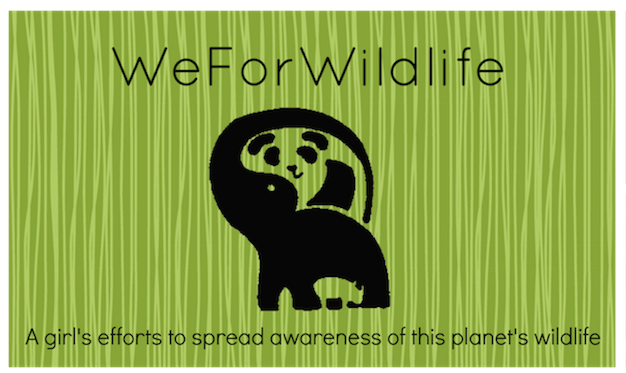~~~~~~~~~~~~~~~~~~~~~~~~~~~~~~~~~~~~~~~~~~~~~~~~~~~~~~~~~~~~~~~~~~~~~~~~~~~
Let's start with timing. The African Migration is actually pretty tricky to follow if you don't know where the animals are in each month. Because they follow the rains, the wildebeest and zebra won't be staying in the same spot the whole entire year. Below is a brief summary of where the animals are in each month and what is worth viewing:January
Place: Tanzania Serengeti, heading south
Event: Many calves and babies are being born during this time of year. Unfortunately, this also means that predators are constantly lurking around to chow down on the weaker calves. If you want to witness the circle of life, be prepared to witness the beginning and end.
 |
| Courtesy: Thomson Safaris |
Place: Southern Serengeti, Ndutu, Ngorongoro conservation area
Event: Grazing. Nothing extremely spectacular at this point, but if you want to see the peace and calm, now would be a good time.
March
Place: Southern Serengeti, Ndutu, Ngorongoro conservation area
Event: Almost all the grass have been grazed, all the calves have been born. The herds of zebra and wildebeest that were spread out before are starting to group up again, and prepare for their long journey ahead.
 |
| Courtesy: Dailymail UK |
Place: Southern Serengeti, Central Serengeti, West Serengeti
Event: The herds are starting to make their way north. Depending on how fast they are, some herds might already be in the central Serengeti or the west. Go2Africa suggests that you stay in the southern Serengeti plains at this time still.
May
Place: Central and Western Serengeti
Event: Lots and lots of moving! The wildebeest and zebra are constantly on the go. It is even more of a fantastic sight when all of them run together, looking like a huge funnel.
 |
| Courtesy: Africa Geographic |
Place: Central and Western Serengeti
Event: The herds are still moving north, similar to what happens in May. Next month, they'll be crossing the rivers!
July
Place: Western Serengeti and Grumeti Reserves
Event: ALERT! ALERT! This is no doubt the most exciting event of the whole entire Migration--the herds are crossing the rivers! During this month the Migration is packed with action and it gets very intense. Crossing a river isn't that hard, but crossing a river with 5-meter-long crocodiles? Yep, that's just a teeny bit harder. A teeny bit.
 |
| Courtesy: Ultimate Africa Safaris |
Place: Northern Serengeti, Masai Mara National Reserve in Kenya** you need a passport to get in
Event: The remaining survivors of the previous month's ordeal start heading back into Kenya. No doubt the newborn are a bit shaky from the crocodiles. I wonder if they have nightmares about them.
September
Place: Northern Serengeti, Masai Mara
Event: The large herds that were traveling together are starting to split up in smaller groups, and are starting to settle down. According to Go2Africa, half of the animals will stay here.
October
Place: Masai Mara
Event: There isn't much going on, although any activity can entertain us. The herds are grazing and having a great time in the Masai Mara area.
November
Place: Back toward Serengeti (leaving Masai Mara)
Event: It has started raining toward the Serengeti, so the wildebeest and zebra (and all other animals that migrate in the Migration) lose interest in the almost completely grazed Masai and start heading back to the Serengeti.
 |
| Courtesy: Ultimate Africa Safaris |
Place: North-eastern Serengeti, Lobo, Southern Serengeti
Event: This is really interesting. It's mating season, and more babies are made. Calves start being born. So what does that mean? The lions and predators start moving in. As Go2Africa puts it, "the wildebeest get hammered. Again."
~~~~~~~~~~~~~~~~~~~~~~~~~~~~~~~~~~~~~~~~~~~~~~~~~~~~~~~~~~~~~~~~~~~~~~~~~~~
I hope Part 1 of this Wrap Up post helped give you a clear idea of where and what the animals are doing during each month of the Migration. In Part 2, I will give you tips on where to stay during each period of the Migration and what to keep an eye out for.
At the end of the next post I will also share with you all a great way to help endangered species (like the Giant Panda...!) without having to pool too much (or any) of your own money. Make sure to stay tuned for the next post if you want to know how you can help!
I'll see you next time!
~Cheri
Sources:
